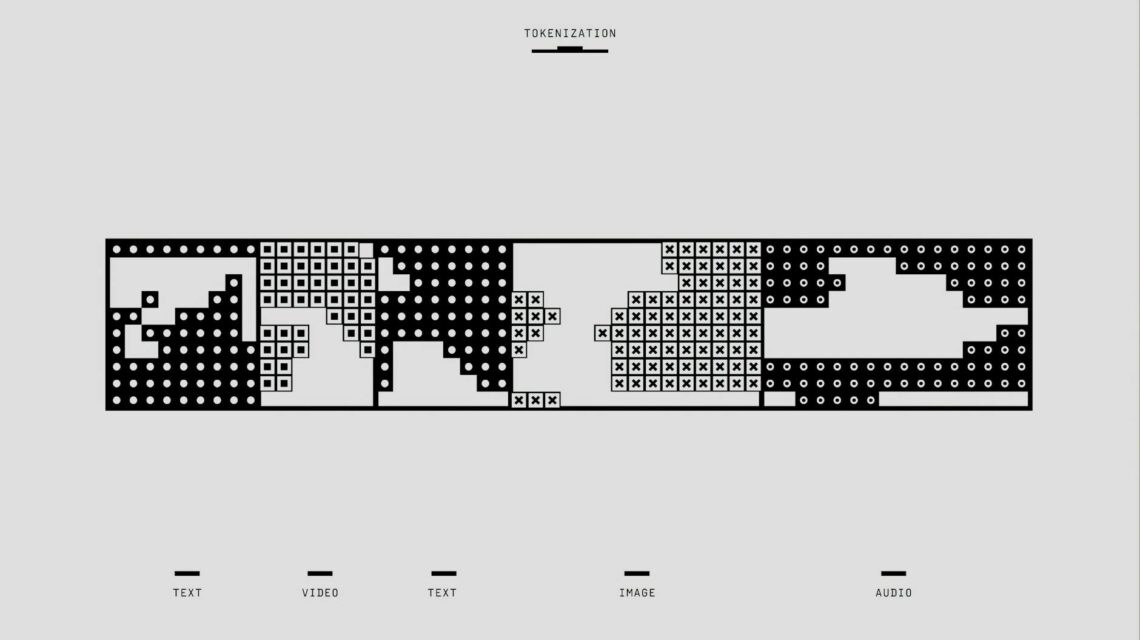A Framework for Valuing Abstracted and Intent-Based Protocols
The world of decentralized finance (DeFi) is constantly evolving, pushing the boundaries of what’s possible with blockchain technology. One of the most exciting developments is the rise of abstracted and intent-based protocols. But how do you value something so novel and complex? This framework provides a starting point.
Understanding the Basics
What are Abstracted Protocols?
Think of an abstracted protocol like a universal translator for blockchains. It simplifies interaction between different blockchain networks, allowing them to communicate and share data seamlessly. Instead of needing to understand the intricacies of each individual blockchain, developers can leverage these abstracted protocols to build applications that work across multiple chains.
What are Intent-Based Protocols?
Intent-based protocols take this a step further. They focus on what you want to achieve, not how. Imagine telling a protocol, “I want to swap this token for that token at the best possible price,” and it automatically finds the most efficient route across various decentralized exchanges and blockchains. That’s the power of intent.
The Valuation Framework
Valuing these protocols requires a nuanced approach that goes beyond traditional metrics. Here’s a breakdown of key factors to consider:
1. Network Effects & Adoption:
- Number of Integrations: How many other protocols and applications are using this protocol?
- User Base Growth: Is the user base expanding, indicating growing demand?
- Community Engagement: A vibrant community signals strong support and potential for future growth.
2. Functionality & Innovation:
- Level of Abstraction: Does the protocol truly simplify complex operations? How user-friendly is it for developers?
- Scope of Intent: How broad are the intentions the protocol can handle? Does it cater to a niche or a wider range of use cases?
- Technological Advancement: Is the protocol pushing the boundaries of what’s currently possible?
3. Security & Reliability:
- Audit History: Has the protocol undergone thorough security audits by reputable firms?
- Track Record: Has it experienced any security breaches or significant downtime?
- Decentralization Level: Is the protocol truly decentralized, minimizing single points of failure?
4. Tokenomics & Incentives:
- Token Utility: What role does the native token play within the ecosystem? Is it essential for functionality?
- Token Distribution: Is the token distribution fair and decentralized, or is it concentrated in a few hands?
- Staking & Governance: What opportunities are there for users to participate in the governance and security of the protocol?
5. Market Dynamics & Competition:
- Total Value Locked (TVL): How much value is currently locked within the protocol? This is a common metric in DeFi, but it shouldn’t be the only consideration.
- Competitive Landscape: Are there other protocols offering similar functionalities? How does this protocol differentiate itself?
- Market Potential: How large is the addressable market for this protocol’s services?
Putting it all Together

Valuing abstracted and intent-based protocols is a complex process. There’s no single magic formula. However, by considering these factors, you can gain a more comprehensive understanding of a protocol’s potential. Think of this framework as a toolbox. You need to use the right tools for the job, adapting your approach based on the specific characteristics of each protocol.
Looking Ahead
The future of DeFi is likely to be shaped by these innovative protocols. As the technology matures and adoption grows, we can expect even more sophisticated and powerful tools to emerge. So, stay curious, keep learning, and remember that valuing these protocols is an ongoing process, not a one-time event. What are your thoughts on the future of abstracted and intent-based protocols? Let us know in the comments below!
FAQ
What’s the difference between abstracted and intent-based protocols?
Abstracted protocols simplify cross-chain interactions, while intent-based protocols focus on achieving desired outcomes, regardless of the underlying complexity.
Why is valuing these protocols so challenging?
Their novelty, complexity, and rapidly evolving nature make traditional valuation methods insufficient. A more nuanced framework is required.
What’s the most important factor to consider?
There’s no single most important factor. A holistic approach, considering all aspects of the framework, is crucial.



 How to Set Up a Node: The Ultimate Guide
How to Set Up a Node: The Ultimate Guide  Crypto Arbitrage Trading: A Beginner’s Guide (2024)
Crypto Arbitrage Trading: A Beginner’s Guide (2024)  The Business of NFTs: How Top Brands Are Using Them
The Business of NFTs: How Top Brands Are Using Them  What Are ZK-Proofs? A Guide to Blockchain Privacy
What Are ZK-Proofs? A Guide to Blockchain Privacy  DeFi’s Hurdles: Security, Scalability & Regulation
DeFi’s Hurdles: Security, Scalability & Regulation  How to Read a Crypto Whitepaper: A Beginner’s Guide
How to Read a Crypto Whitepaper: A Beginner’s Guide  How to Set Up a Node: The Ultimate Guide
How to Set Up a Node: The Ultimate Guide  Crypto Arbitrage Trading: A Beginner’s Guide (2024)
Crypto Arbitrage Trading: A Beginner’s Guide (2024)  The Business of NFTs: How Top Brands Are Using Them
The Business of NFTs: How Top Brands Are Using Them  What Are ZK-Proofs? A Guide to Blockchain Privacy
What Are ZK-Proofs? A Guide to Blockchain Privacy  DeFi’s Hurdles: Security, Scalability & Regulation
DeFi’s Hurdles: Security, Scalability & Regulation  How to Read a Crypto Whitepaper: A Beginner’s Guide
How to Read a Crypto Whitepaper: A Beginner’s Guide